Home>Others>Specialized Home Improvement Topics>How To Remove Oxidation From Car Windows
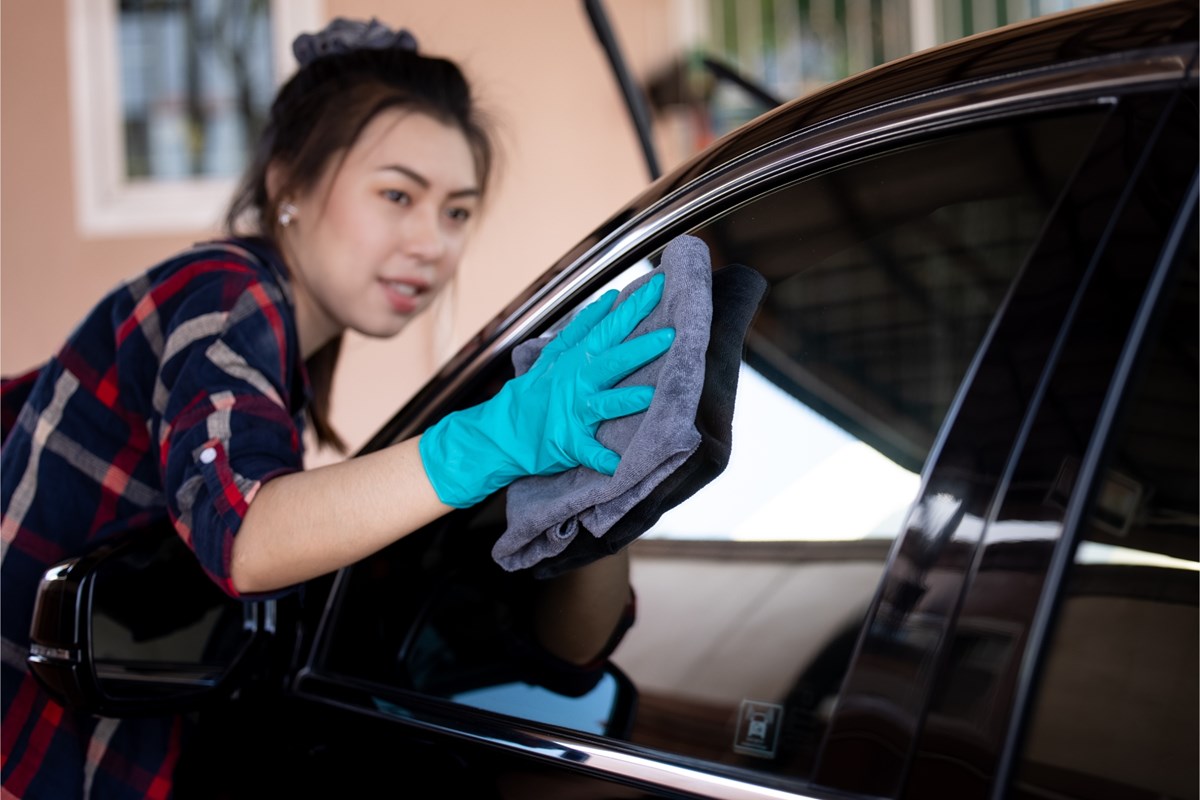

Specialized Home Improvement Topics
How To Remove Oxidation From Car Windows
Published: January 9, 2024
Learn effective methods for removing oxidation from car windows with our specialized home improvement tips. Keep your car looking its best with our expert advice.
(Many of the links in this article redirect to a specific reviewed product. Your purchase of these products through affiliate links helps to generate commission for Storables.com, at no extra cost. Learn more)
**
Introduction
**
Have you ever noticed a cloudy, hazy film on your car windows that just won't seem to go away no matter how much you clean them? This frustrating phenomenon is often the result of oxidation. Oxidation occurs when the elements, particularly oxygen, react with the surface of the glass, causing it to become cloudy and reducing its transparency. Not only does this affect the aesthetic appeal of your vehicle, but it can also compromise your visibility while driving, posing a safety hazard.
In this comprehensive guide, we will delve into the intricacies of oxidation on car windows, explore the materials needed for its removal, provide a step-by-step guide to restoring your windows to their former clarity, and offer valuable tips for preventing oxidation in the future. By the end of this article, you will be equipped with the knowledge and techniques to effectively combat oxidation and maintain pristine car windows. Let's embark on this journey to regain crystal-clear visibility and elevate the overall appearance of your beloved vehicle.
Key Takeaways:
- Oxidation on car windows can cause cloudy, hazy film, affecting visibility and safety. Understanding the causes and using specific materials can help effectively remove oxidation and restore transparency.
- Prevent oxidation by regular cleaning, using protective sealants, and parking in shaded areas. These proactive measures can maintain pristine car windows and enhance driving safety.
Read more: How To Remove Window Tint From Car Windows
Understanding Oxidation on Car Windows
Before delving into the process of removing oxidation from car windows, it is essential to understand the underlying causes and characteristics of this common issue. Oxidation on car windows is primarily the result of prolonged exposure to environmental elements, such as UV rays, moisture, and air pollutants. Over time, these factors contribute to the deterioration of the glass surface, leading to a cloudy or hazy appearance.
When glass oxidizes, it undergoes a chemical reaction that alters its composition. This reaction is accelerated by exposure to sunlight, which contains ultraviolet radiation capable of breaking down the molecular structure of the glass. As a consequence, the surface becomes pitted and rough, diminishing its transparency and creating a visually unappealing film.
Furthermore, environmental contaminants, such as acid rain, road salt, and industrial pollutants, can exacerbate the oxidation process. These substances adhere to the glass surface and, when combined with moisture, form a corrosive solution that accelerates the degradation of the glass. As a result, the windows lose their smooth texture and develop a cloudy layer that compromises visibility and detracts from the overall aesthetics of the vehicle.
It is important to note that the effects of oxidation are not solely cosmetic. Impaired visibility through cloudy or hazy windows can pose significant safety risks while driving, especially during adverse weather conditions or at night. Additionally, the diminished structural integrity of oxidized glass may make it more susceptible to damage from external factors, such as flying debris or minor impacts.
Understanding the root causes and implications of oxidation on car windows underscores the significance of addressing this issue promptly and effectively. By gaining insight into the mechanisms behind glass oxidation, you are better equipped to select appropriate materials and techniques for its removal, as well as implement preventive measures to safeguard your car windows from future deterioration.
Materials Needed for Removing Oxidation
Effectively removing oxidation from car windows requires the use of specific materials and tools designed to restore the glass surface to its original clarity. Before embarking on this revitalization process, it is essential to gather the following items:
1. Glass Cleaner: A high-quality glass cleaner is indispensable for preparing the windows before addressing the oxidation. Choose a cleaner specifically formulated to eliminate stubborn residues and contaminants from automotive glass surfaces.
2. Fine Steel Wool or Polishing Compound: To tackle the stubborn oxidation, fine-grade steel wool or a suitable automotive polishing compound is essential. These abrasive materials aid in gently buffing away the cloudy layer without causing damage to the glass.
3. Glass Polishing Compound: A specialized glass polishing compound is instrumental in restoring the smoothness and transparency of the windows. This compound effectively removes fine scratches, blemishes, and residual oxidation, resulting in a clear and glossy finish.
4. Microfiber Towels: Soft and lint-free microfiber towels are ideal for applying the glass cleaner and polishing compounds, as they minimize the risk of streaking and leave the windows impeccably clean.
5. Glass Sealant or Wax: After removing the oxidation, applying a high-quality glass sealant or wax helps protect the windows from future environmental damage and prolongs the clarity of the glass surface.
6. Protective Gloves: Since some of the materials used in the oxidation removal process may be abrasive or contain chemicals, wearing protective gloves is advisable to safeguard your skin.
7. Safety Glasses: As a precautionary measure, wearing safety glasses can shield your eyes from any debris or splashes during the oxidation removal process.
8. Water and Bucket: Having a bucket of clean water on hand is essential for rinsing the glass surface and diluting cleaning solutions as needed.
By ensuring that these materials are readily available, you can proceed with confidence in addressing the oxidation on your car windows. With the right tools at your disposal, you are poised to effectively restore the transparency and visual appeal of your vehicle's windows, enhancing both its aesthetic allure and your driving safety.
Use a glass polish or a mixture of vinegar and water to remove oxidation from car windows. Apply the product with a microfiber cloth in a circular motion, then wipe off with a clean cloth for a clear finish.
Step-by-Step Guide to Removing Oxidation from Car Windows
Now that you have gathered the necessary materials, it’s time to embark on the journey of restoring your car windows to their former clarity. Follow this comprehensive step-by-step guide to effectively remove oxidation and rejuvenate the transparency of your vehicle’s windows:
1. Prepare the Glass Surface: Start by cleaning the car windows thoroughly with a high-quality glass cleaner. Ensure that any dirt, grime, and surface contaminants are completely removed before addressing the oxidation.
2. Apply Polishing Compound: Using fine steel wool or an automotive polishing compound, gently buff the affected areas of the windows in circular motions. This process helps to gradually eliminate the cloudy layer caused by oxidation without causing damage to the glass.
3. Use Glass Polishing Compound: Apply a specialized glass polishing compound to the windows, following the manufacturer’s instructions. This compound effectively removes any remaining oxidation, fine scratches, and blemishes, gradually restoring the smoothness and transparency of the glass.
4. Buff and Polish: Utilize a clean microfiber towel to buff and polish the windows, ensuring that the glass polishing compound is evenly distributed and any residual oxidation is effectively eliminated. This step enhances the clarity and glossiness of the windows, contributing to a pristine finish.
5. Rinse and Dry: Thoroughly rinse the windows with clean water to remove any excess polishing compound or residue. Use a separate, dry microfiber towel to dry the glass surface, ensuring a streak-free and immaculate finish.
6. Apply Glass Sealant or Wax: To safeguard the windows from future oxidation and environmental damage, apply a high-quality glass sealant or wax according to the product instructions. This protective layer enhances the longevity of the clarity achieved through the oxidation removal process.
By meticulously following these steps, you can effectively remove oxidation from your car windows and restore their transparency, enhancing both the aesthetic appeal of your vehicle and your visibility while driving. This revitalization process not only rejuvenates the windows but also contributes to the overall maintenance and care of your cherished automobile.
Preventing Oxidation on Car Windows
After successfully removing oxidation from your car windows, it is imperative to implement preventive measures to protect the glass surfaces from future deterioration. By incorporating the following practices into your car maintenance routine, you can effectively mitigate the risk of oxidation and preserve the clarity and visual appeal of your windows:
1. Regular Cleaning and Maintenance: Establish a consistent schedule for cleaning and maintaining your car windows. Use a high-quality glass cleaner and soft microfiber towels to remove dirt, grime, and environmental contaminants that could contribute to oxidation.
2. Protective Sealants: Apply a reputable glass sealant or wax to the windows periodically. These protective coatings form a barrier against UV rays, moisture, and pollutants, reducing the likelihood of oxidation and prolonging the pristine condition of the glass.
3. Parking Considerations: Whenever possible, park your vehicle in shaded or covered areas to minimize prolonged exposure to direct sunlight. This practice helps reduce the impact of UV radiation on the glass, mitigating the onset of oxidation.
4. Avoid Harsh Cleaning Agents: Refrain from using abrasive or harsh cleaning agents on your car windows, as these can exacerbate the deterioration of the glass surface. Opt for gentle, automotive-specific cleaning products to safeguard the integrity of the glass.
5. Regular Inspections: Periodically inspect the condition of your car windows for early signs of oxidation. Promptly addressing any emerging cloudiness or haziness can prevent the progression of oxidation and simplify the restoration process.
6. Protective Coverings: Consider utilizing car window covers or shields, particularly during extended periods of inactivity or inclement weather. These coverings provide an additional layer of protection against environmental elements, preserving the clarity and integrity of the glass.
By integrating these preventative measures into your car care regimen, you can effectively safeguard your windows from oxidation and maintain their pristine condition for an extended period. Proactive maintenance and protective strategies not only enhance the visual appeal of your vehicle but also contribute to a safer and more enjoyable driving experience.
Read more: How To Remove Overspray From Car Windows
Conclusion
As the windows of your car are essential for both aesthetic appeal and driving safety, combating oxidation is a crucial aspect of vehicle maintenance. By understanding the underlying causes of oxidation and employing the appropriate materials and techniques, you can effectively restore the transparency and visual allure of your car windows.
Through the meticulous process of cleaning, polishing, and protecting the glass surfaces, you can revitalize your vehicle’s windows and enhance your overall driving experience. The removal of oxidation not only improves visibility but also contributes to the overall aesthetics of your cherished automobile.
Furthermore, by embracing preventive measures, such as regular cleaning, protective sealants, and parking considerations, you can mitigate the risk of future oxidation, prolonging the pristine condition of your car windows. These proactive strategies not only preserve the transparency of the glass but also contribute to the longevity and appeal of your vehicle.
Ultimately, the journey of removing oxidation from car windows transcends mere maintenance; it is a testament to your dedication to the care and preservation of your vehicle. With the knowledge and techniques acquired from this guide, you are empowered to uphold the clarity and allure of your car windows, ensuring a captivating and safe driving environment for years to come.
Embrace the transformative process of oxidation removal and prevention, and revel in the rejuvenated brilliance of your car windows. Let the radiance of pristine glass surfaces complement the splendor of your vehicle, elevating both its visual allure and your driving experience.
Frequently Asked Questions about How To Remove Oxidation From Car Windows
Was this page helpful?
At Storables.com, we guarantee accurate and reliable information. Our content, validated by Expert Board Contributors, is crafted following stringent Editorial Policies. We're committed to providing you with well-researched, expert-backed insights for all your informational needs.

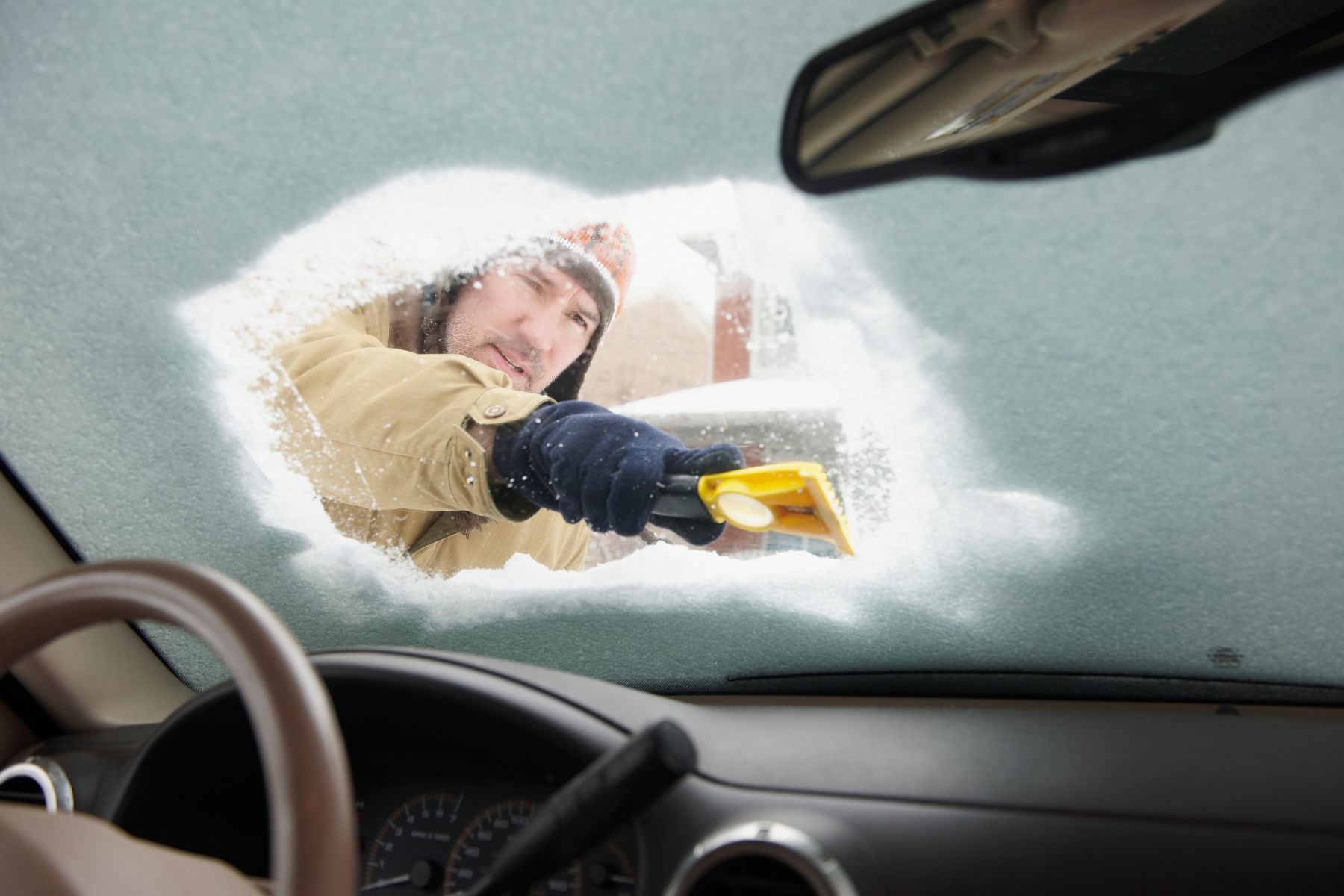
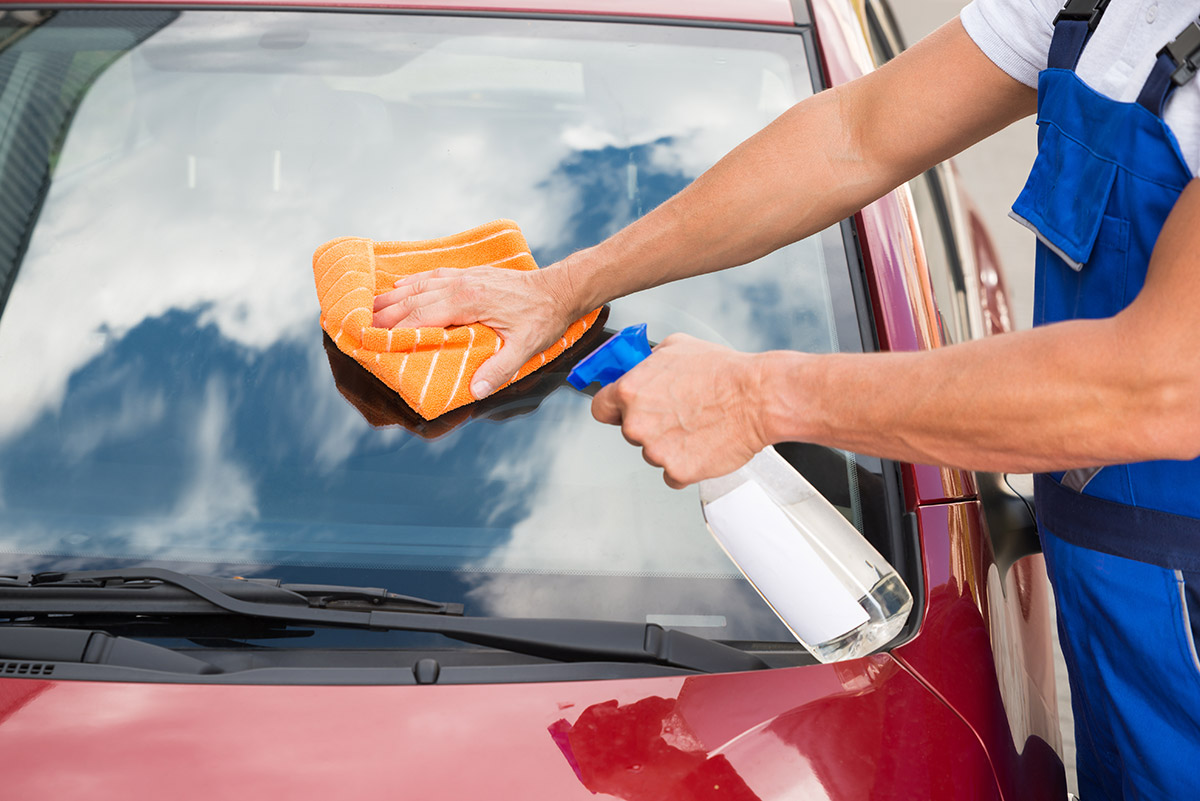
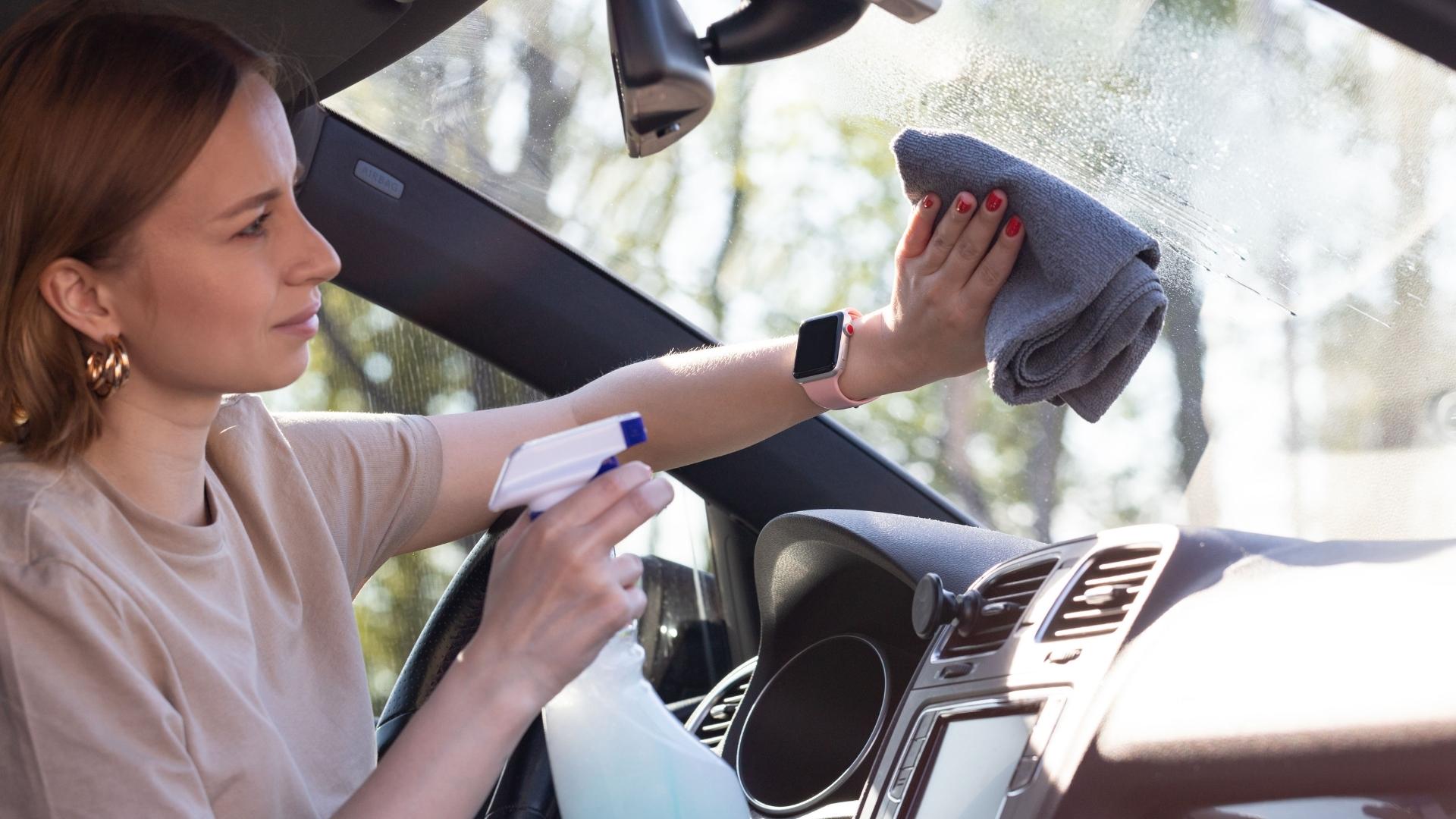
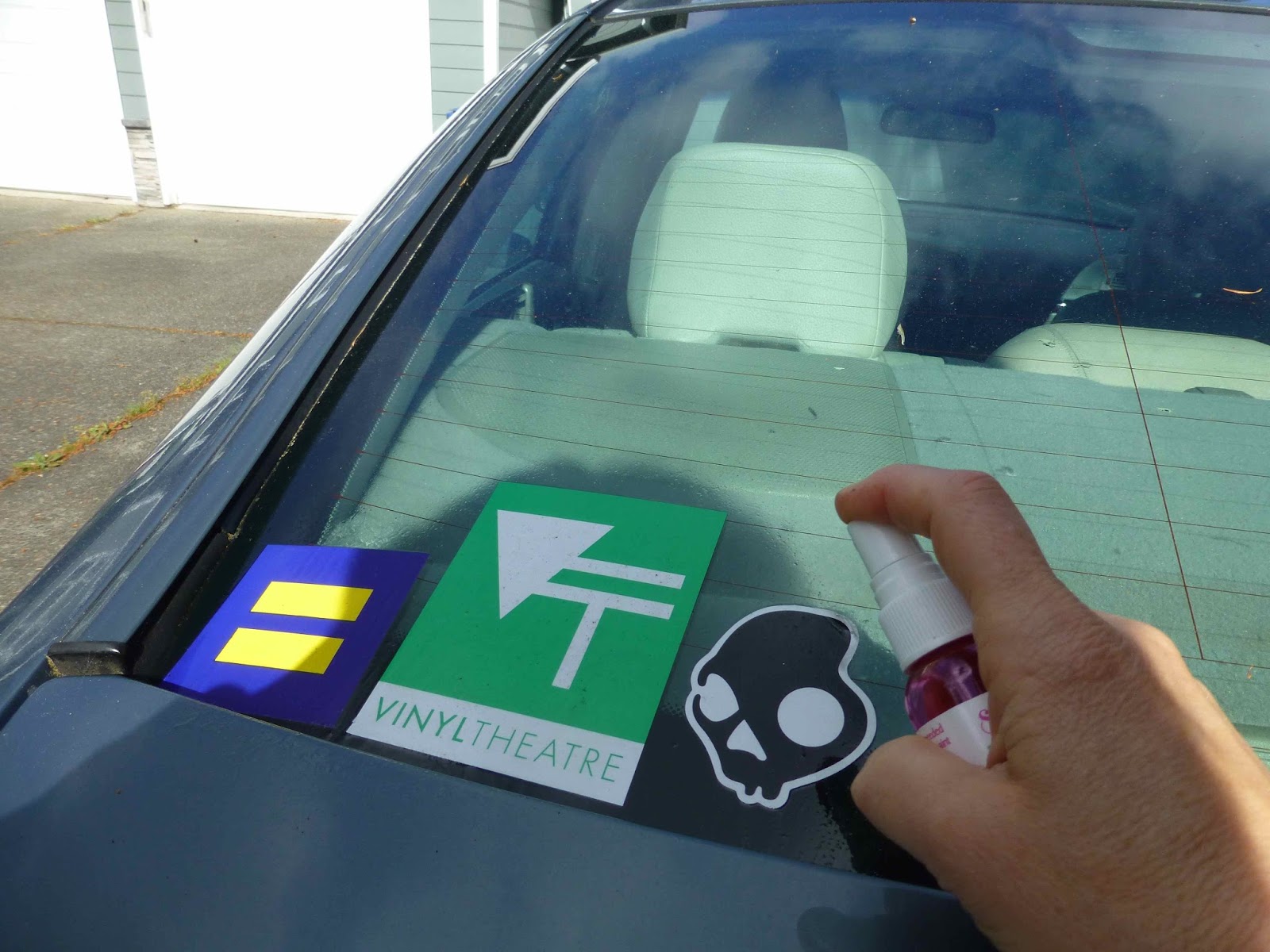

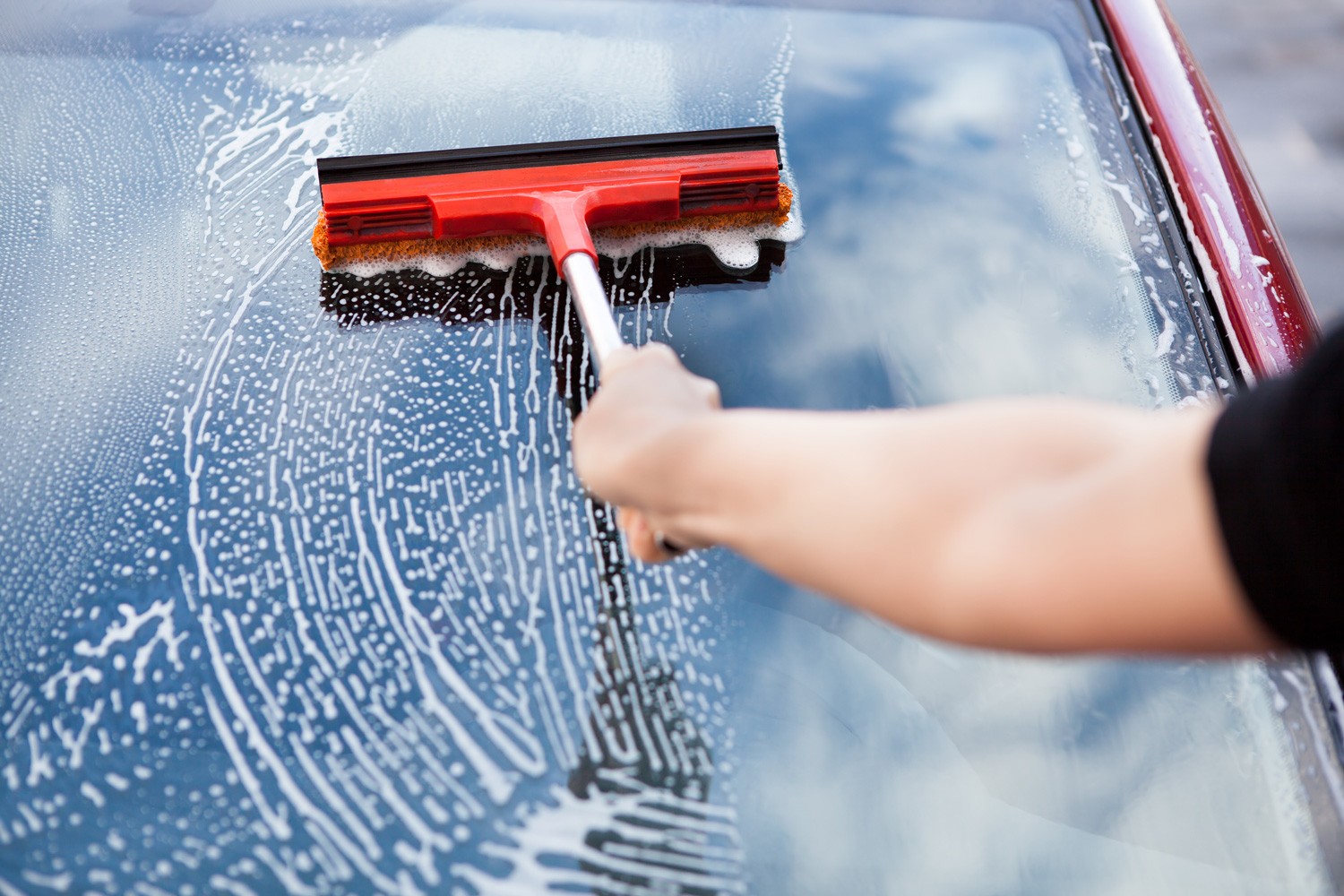
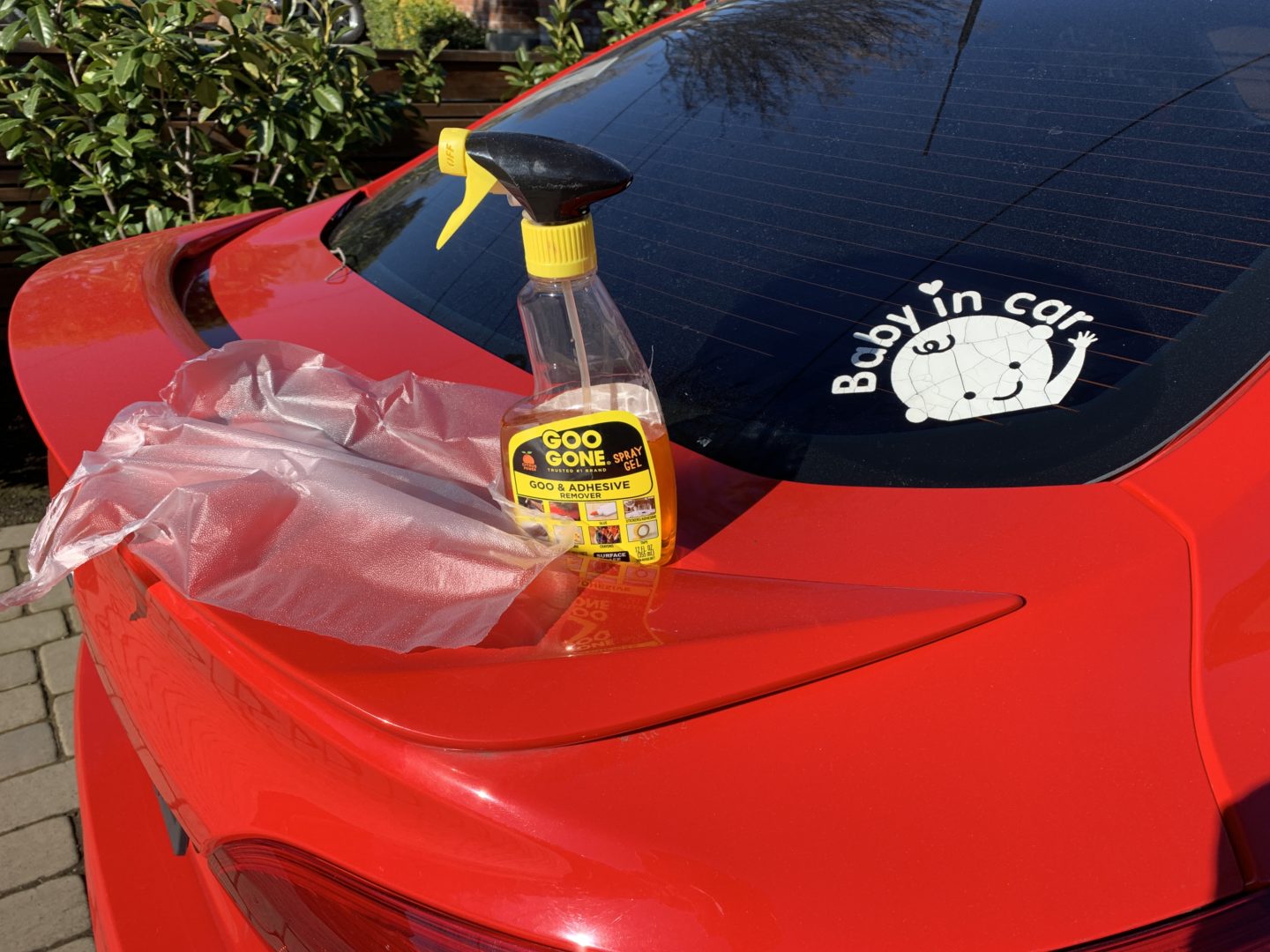
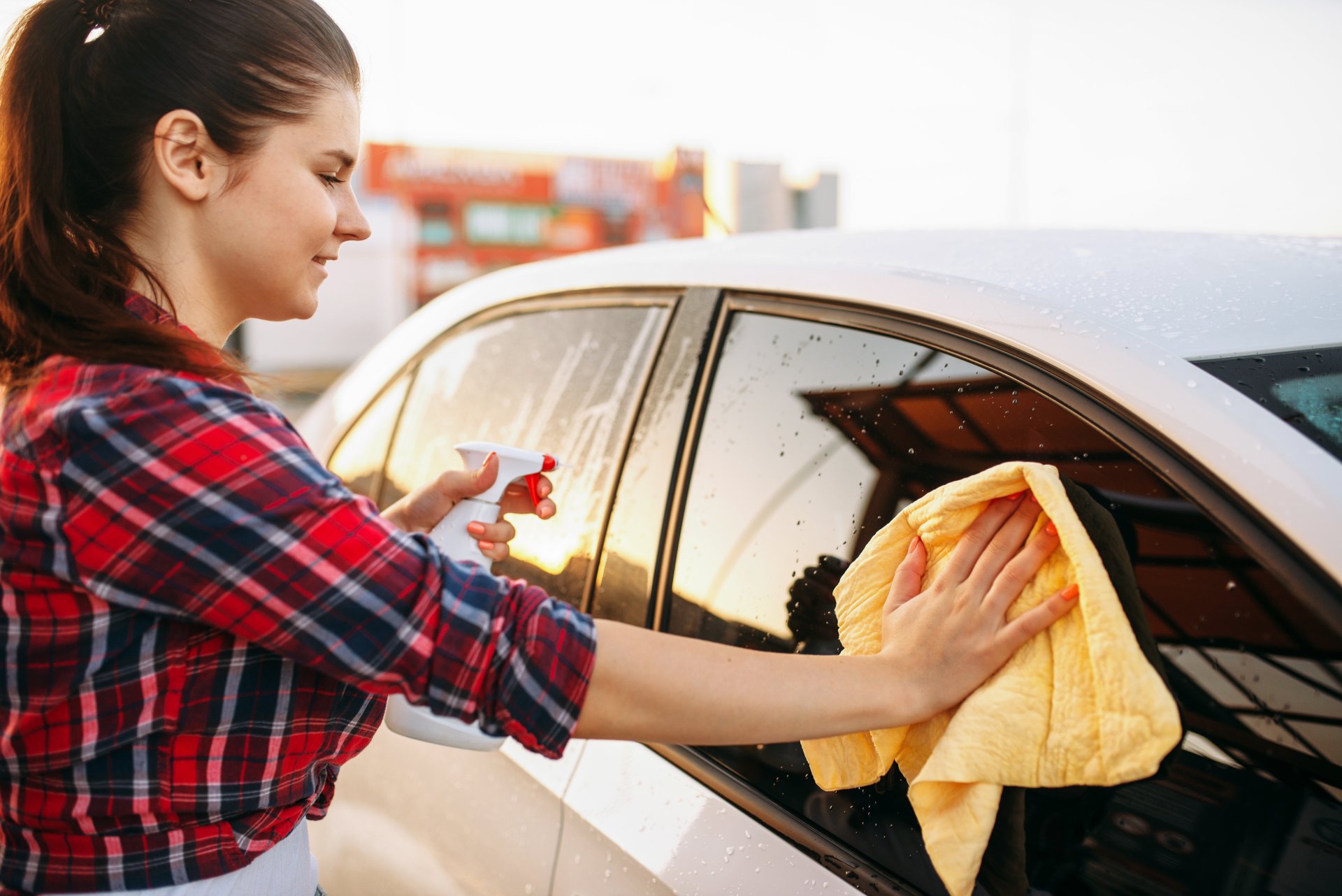
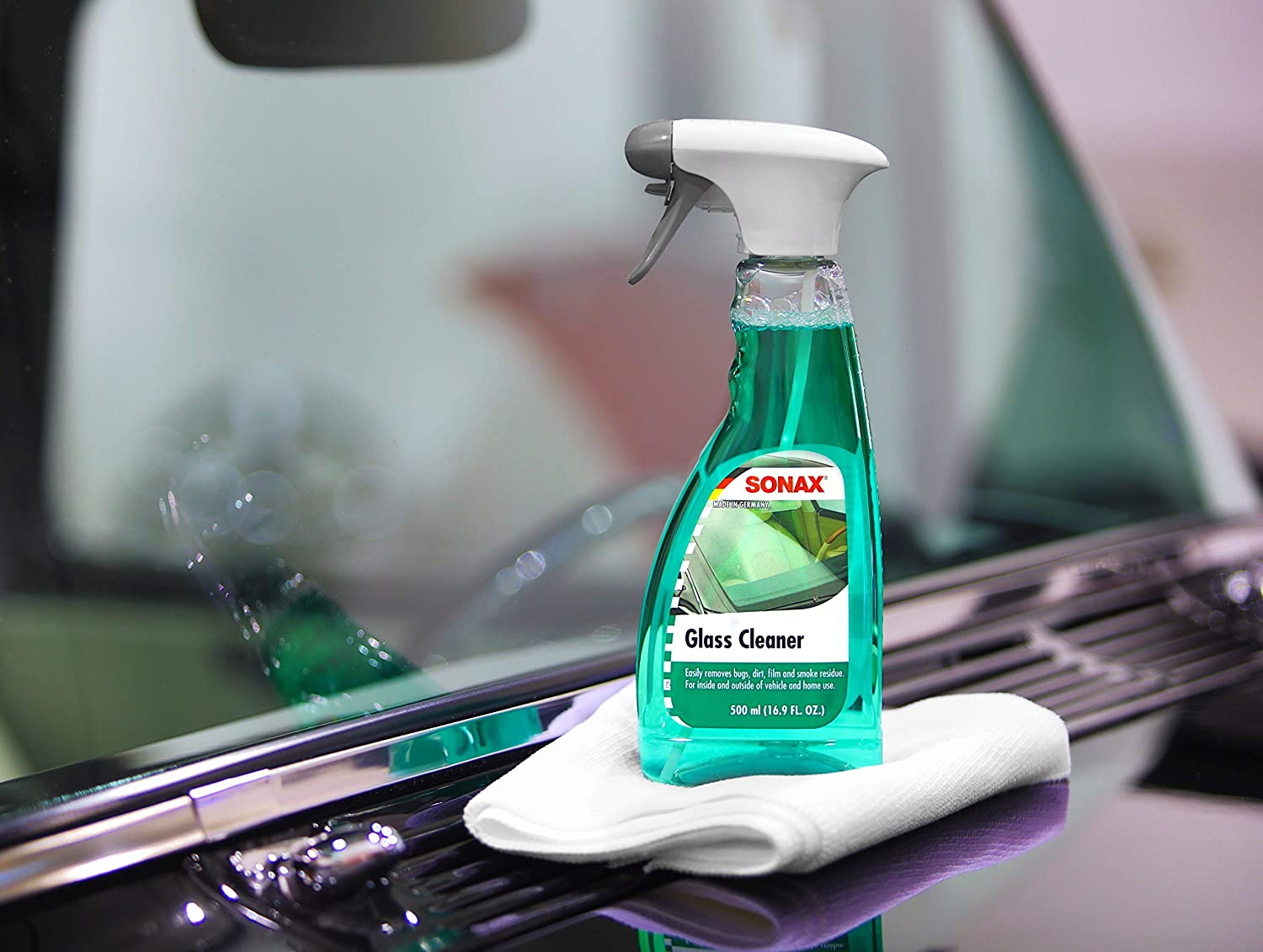
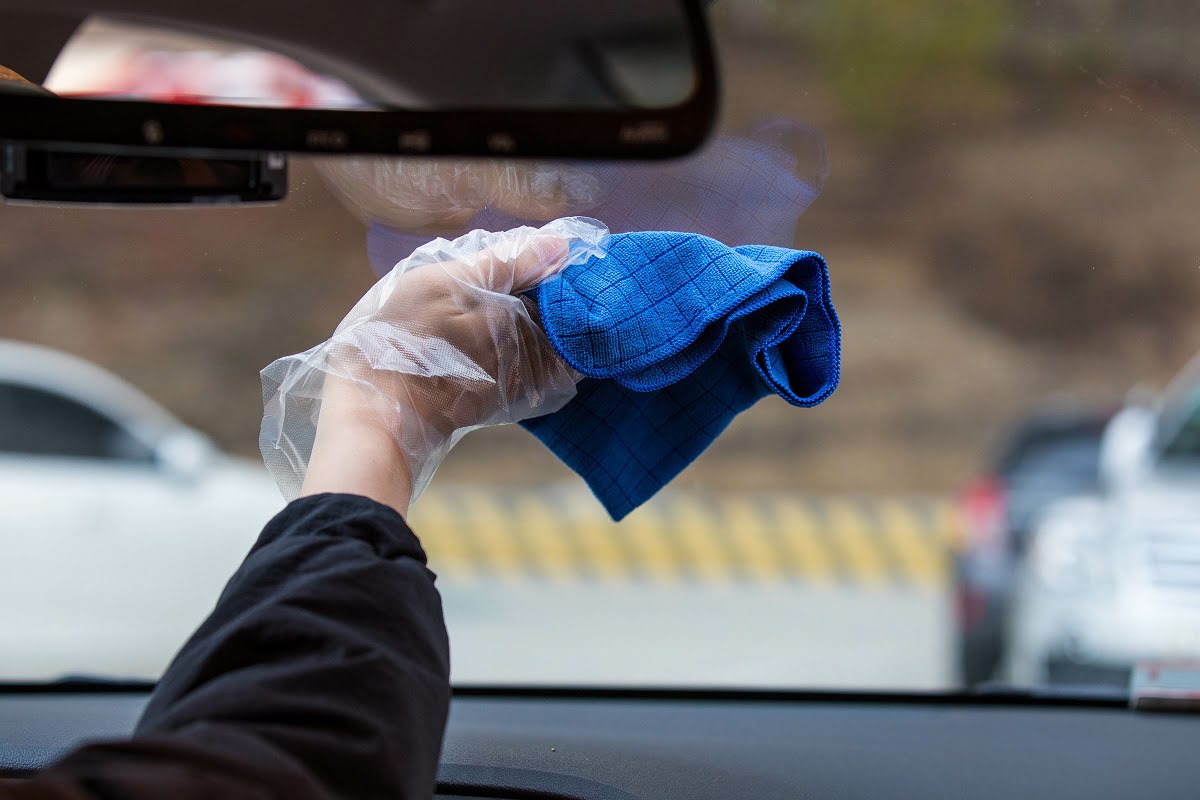
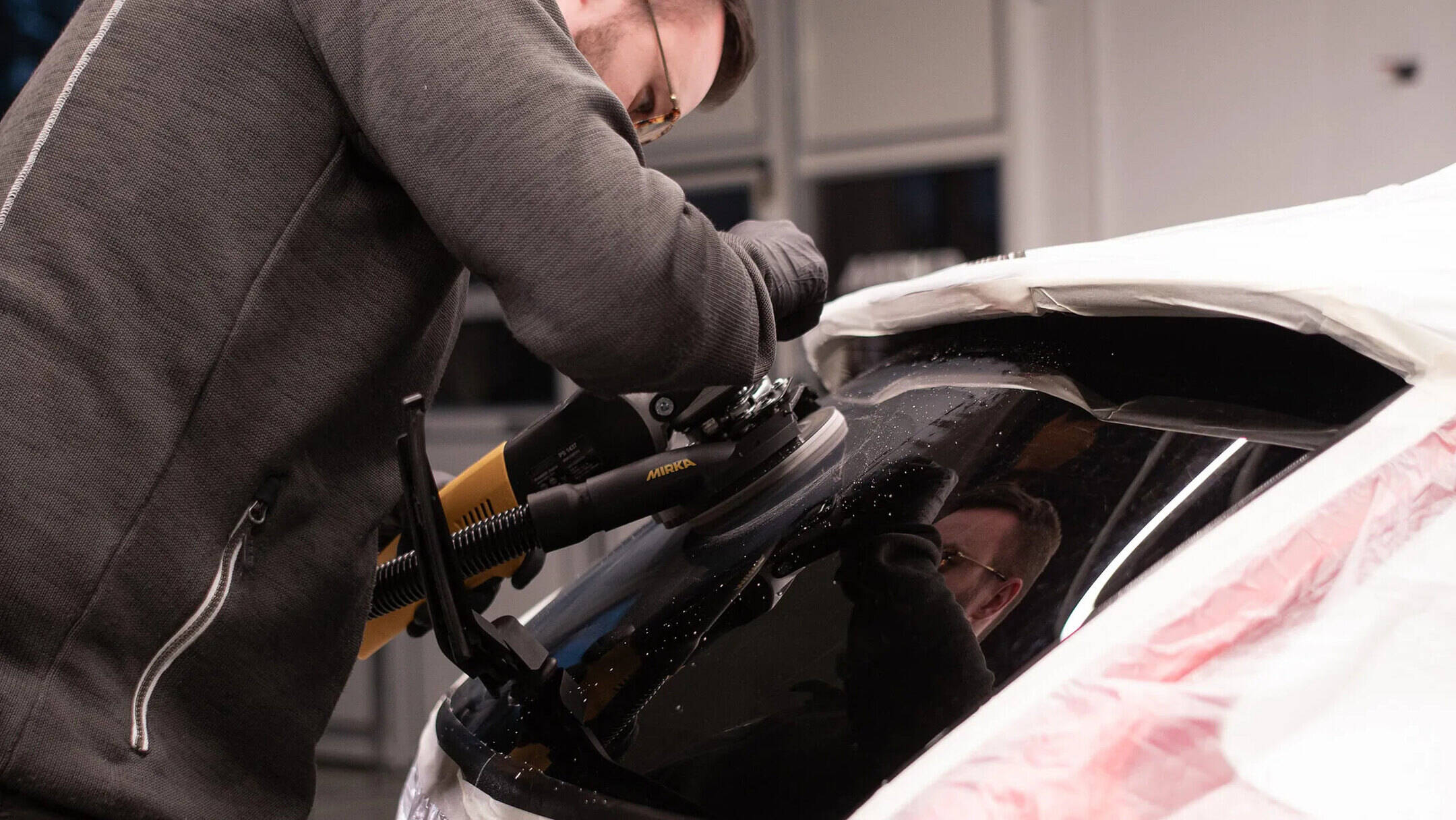
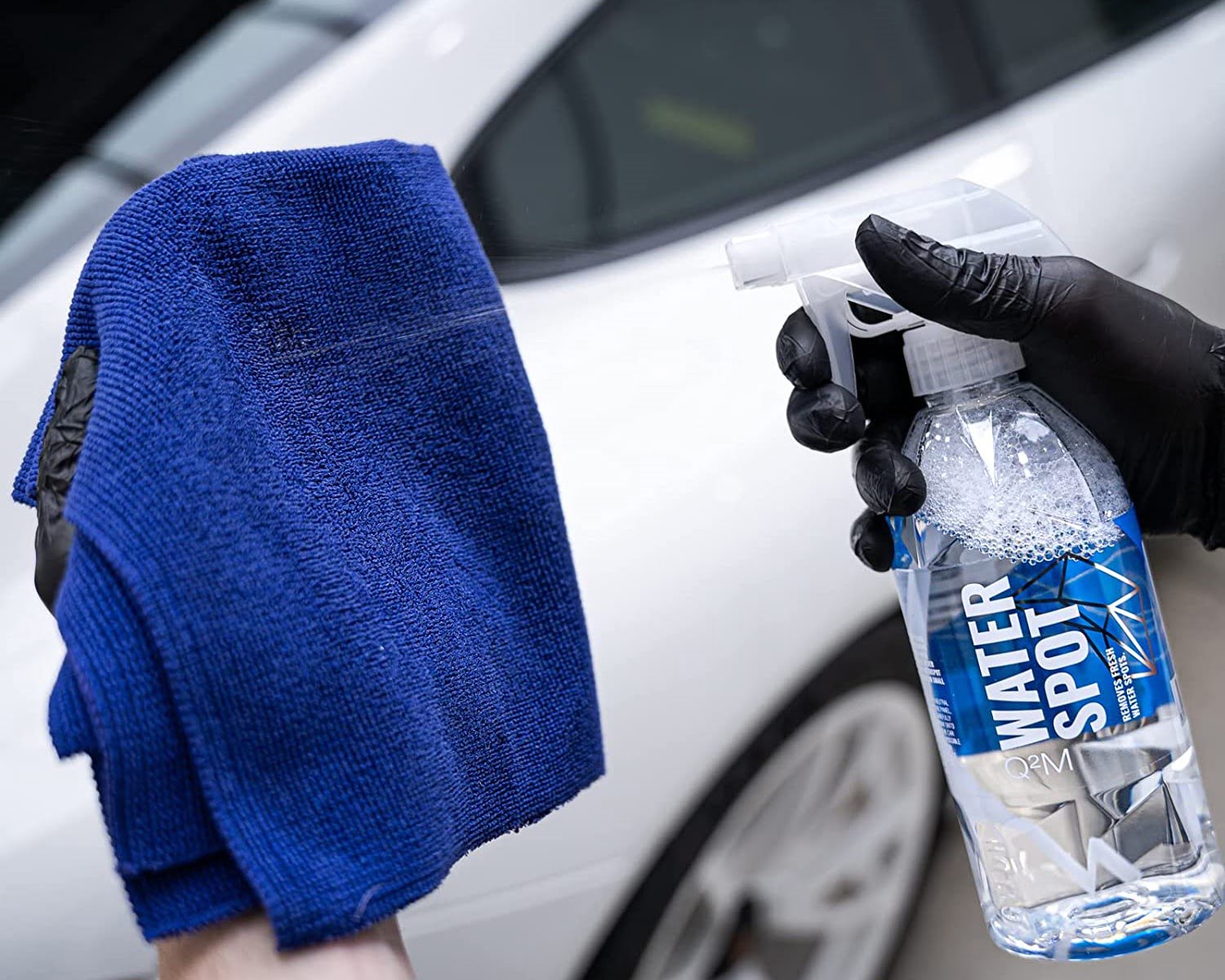
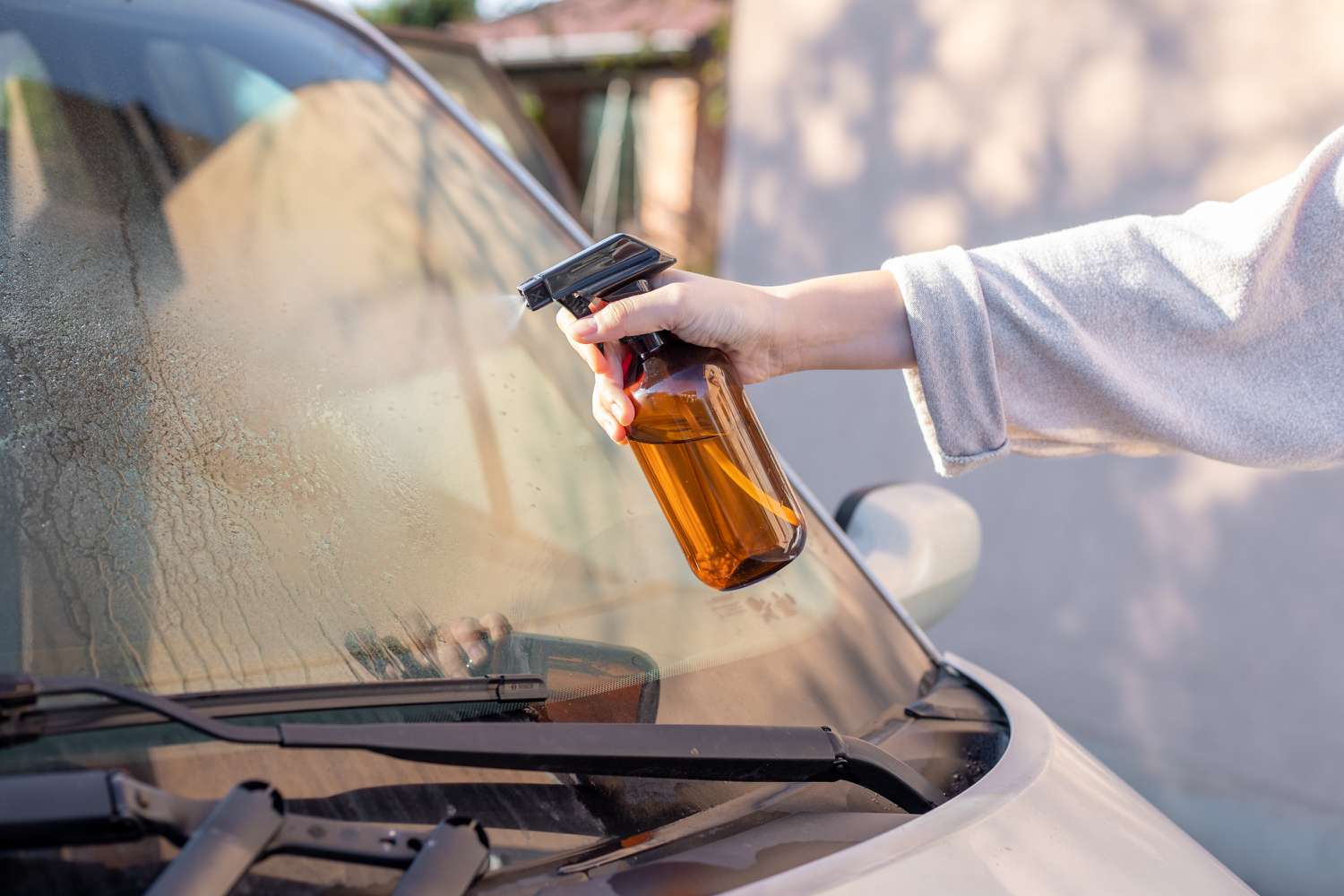

0 thoughts on “How To Remove Oxidation From Car Windows”